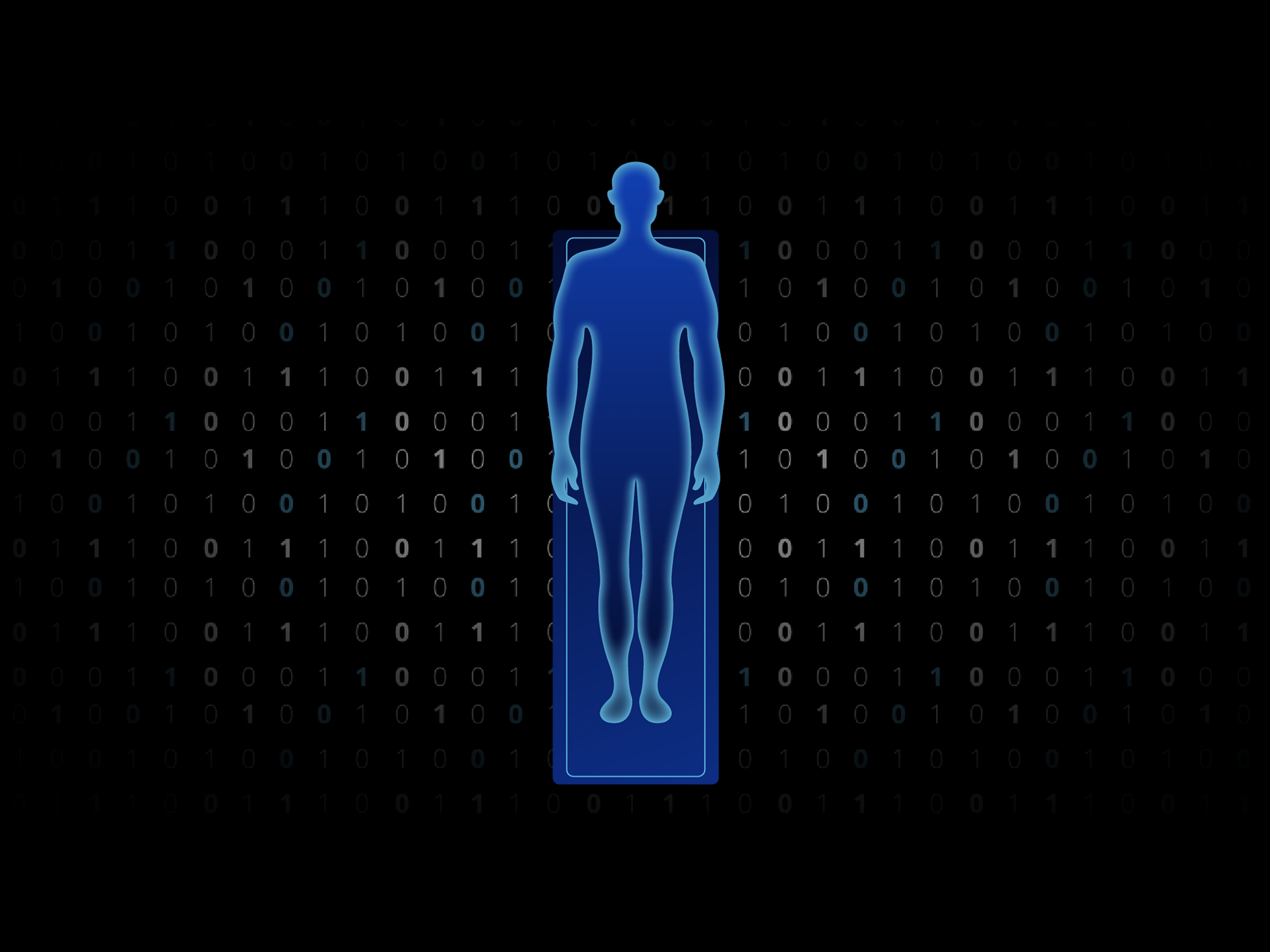Comprehensive Training Data
uAI Vision is trained on a large and diverse dataset, encompassing a wide range of body types, ethnicities, and age groups. To further enhance its robustness, the training datasets also includes challenging scenarios—such as patients wearing clothing or masks, and varying lighting conditions—enabling the system to perform reliably across different practical situations.








